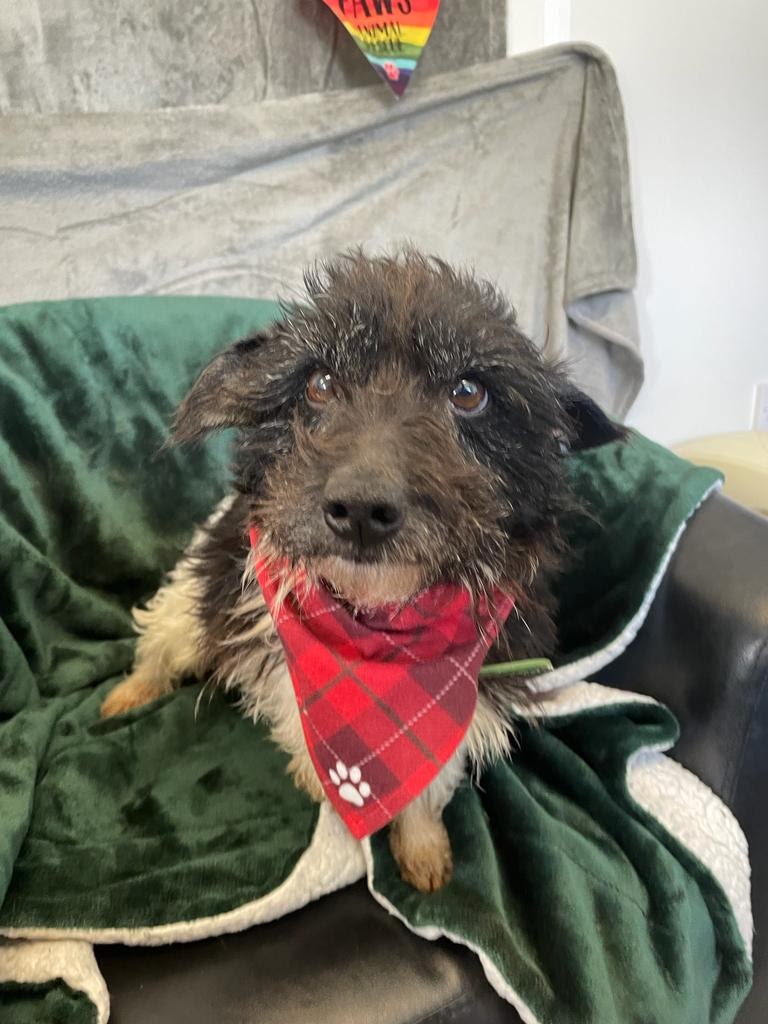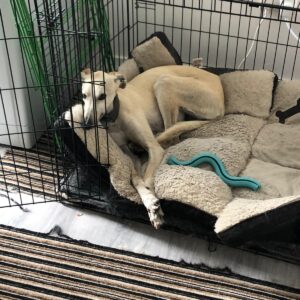Your dog’s crate can be a invaluable tool in your dog’s training. It is a safe place your dog can claim as their own and, in a busy household, this can be so important to ensure your dog has a place to unwind and decompress. It is also a great place to control and manage your dog when guests are over or there’s work-people in the house. It’s so important to introduce your dog to the crate gradually and as positively as possible so they don’t develop any negative associations with the crate. Here’s our best tips how to do tbis;
Step-by-Step Guide to Crate Training Your dog
1. Get a crate
There are many different options available. Be sure your crate is big enough for your dog to stand up without hitting their back off the top and turn around comfortably. Look for one big enough to accommodate your fully-grown dog. When your puppy is small, you can block off part of the space. If they have too much room, they may decide that the far end of the crate is a good place to pee.
2. Make it comfy
Put a soft blanket or towel or bed in the crate, and keep it in an area where you spend a lot of time (you can eventually relocate the crate once they feel comfortable).
3. Introduce your puppy to the crate
Show your dog the crate and let them explore it inside and out. Toss treats or toys inside to entice them to enter. Give them a few days to get used to the presence of the crate.
4. Create a positive association
Start feeding your dog their meals in the crate (because is there anything a dog loves more than dinnertime?) Begin by leaving the door open while they eat, then try closing it. At first, let them out as soon as they finish. Then try leaving them in there for a few extra minutes. Praise them and offer treats whenever they go into the crate on their own.
5. Increase time spent in the crate
Come up with a verbal or visual command that you’ll use to direct them to the crate. When your dog enters, give them the command so they associate it with the desired behavior. Close the door and stay near them for a few minutes. As your dog gets used to the crate, gradually leave them in it for longer periods while you’re at home. You want to be able to check on them so you know they’re comfortable being confined before leaving them alone.
6. Crate your dog when you’re gone
Once you’re sure your dog is safe and calm in the crate, start leaving them in there for short periods while you’re out of the house, then slowly increase the length of time you’re gone.





